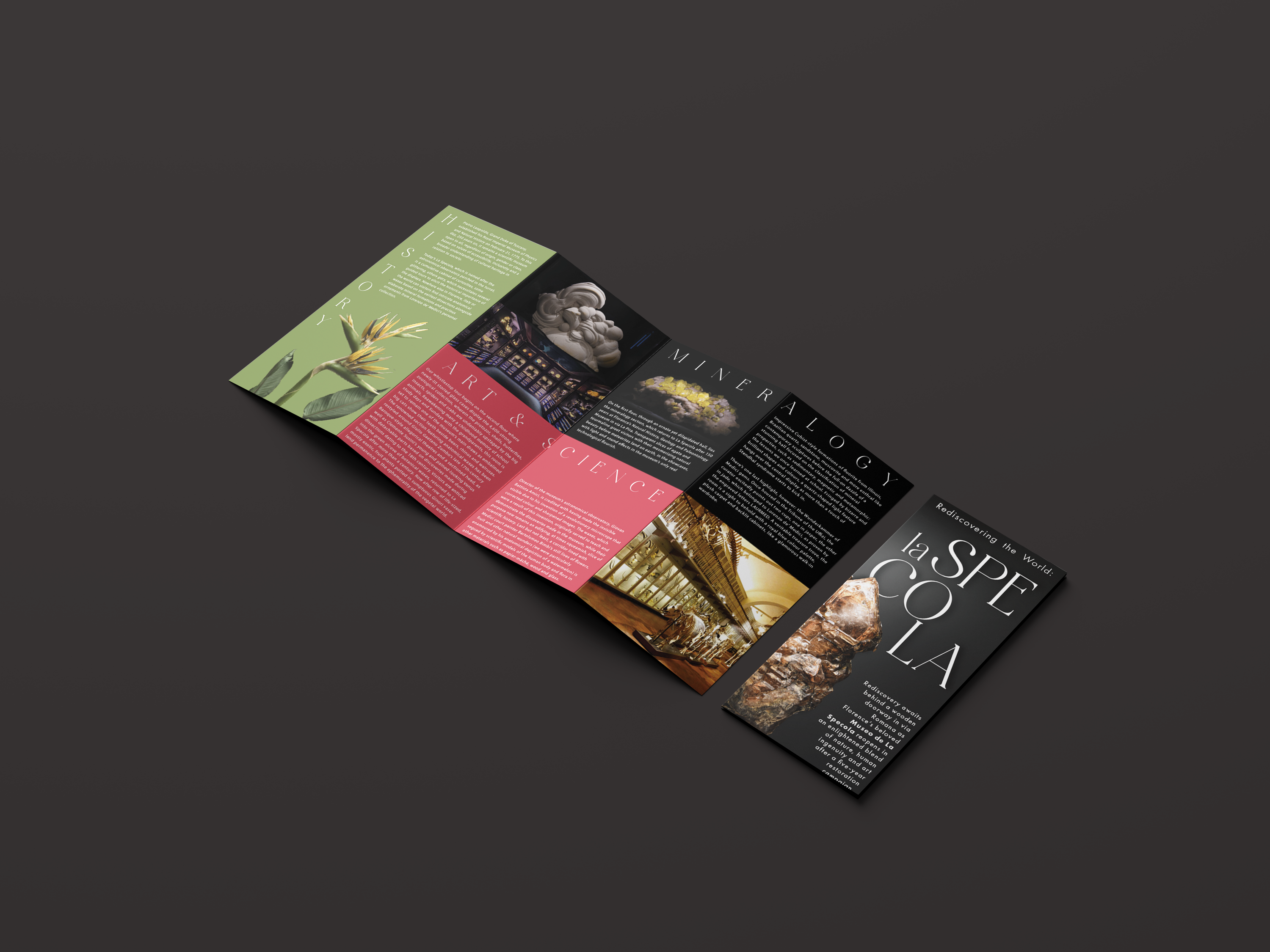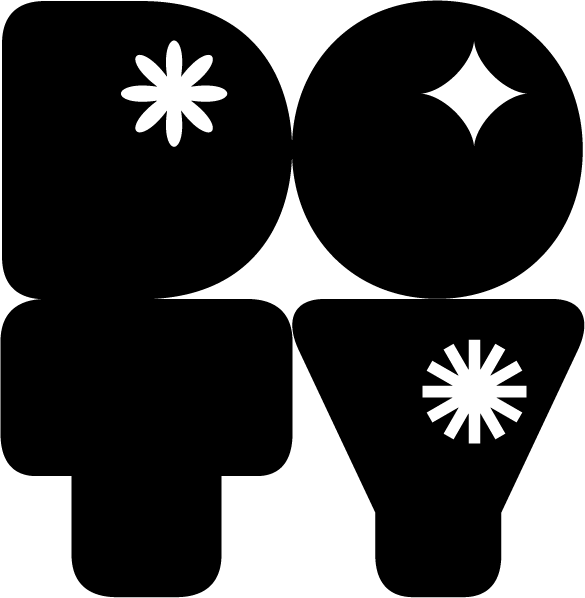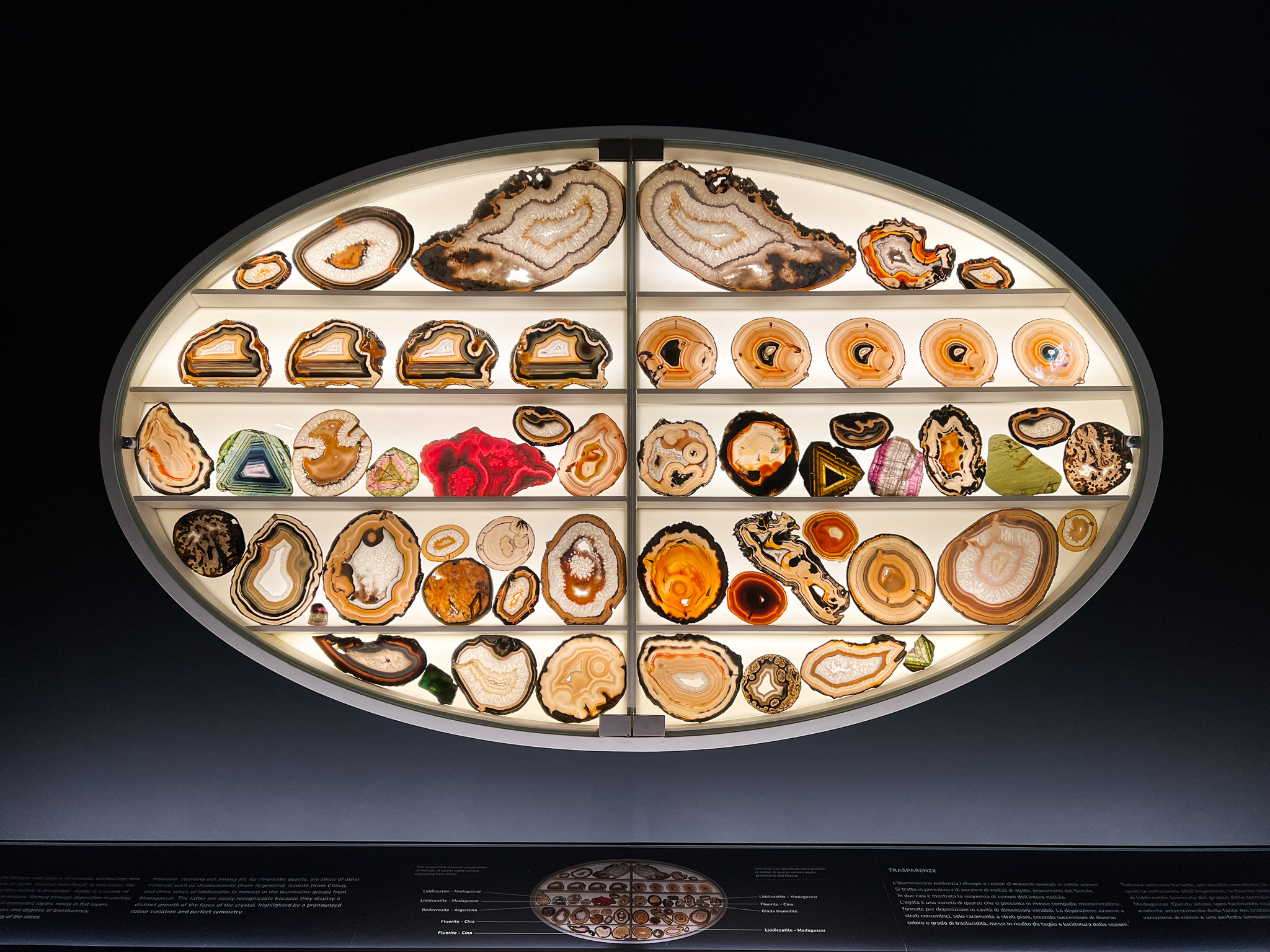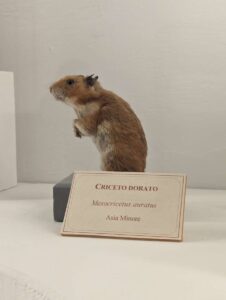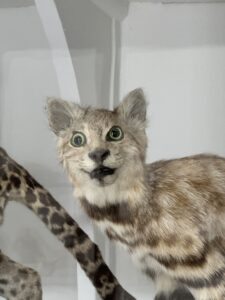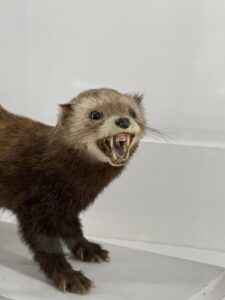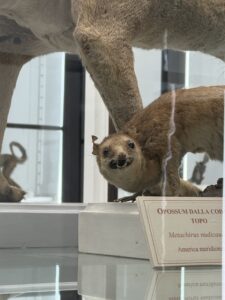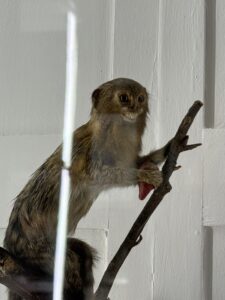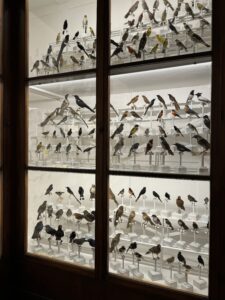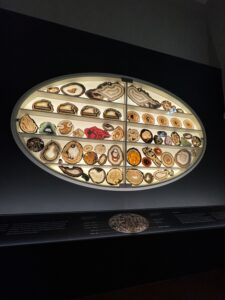In my graphic design workshop class, we worked on designing brochures for La Specola Museum, one of Florence’s lesser-known museums. La Specola, originally founded in 1775, is one of the oldest science museums in Europe. It is famous for its extensive collection of taxidermy animals, anatomical wax models, and natural history exhibits. The museum had been closed for several years due to renovations and restoration efforts, but it recently reopened, making this the perfect time for our project.
Since our task was to create a brochure for La Specola, we first needed to understand its history, collections, and overall identity. We researched the museum’s background, its significance in Florence, and the types of visitors it attracts. Given its mix of scientific history and quirky exhibits, we wanted the brochure to balance an educational yet intriguing tone—something that would appeal to both tourists and locals interested in Florence’s hidden gems.
For the design, I focused on creating a visually engaging layout that highlighted the museum’s most unique features. I played around with color schemes that reflected a mix of historical and scientific aesthetics—earthy tones to represent natural history and deep blues to evoke a sense of curiosity. Choosing fonts that felt both classic and modern helped maintain a balance between tradition and accessibility. Additionally, I carefully structured the content to guide visitors through the museum’s main attractions, including the wax anatomical collection, which is one of the most famous in the world.
Of course, I couldn’t design a brochure without actually experiencing the museum myself, so I visited La Specola—and I have to say, it was definitely one of the most unique museums I’ve ever been to. Walking through the exhibits felt like stepping into the past, especially knowing that much of the collection dates back to the Medici family.
One of the most fascinating (and slightly eerie) aspects was the taxidermy animals. Many of them were impressively detailed, but if you looked closely, something always seemed just a little off. A lion might have been just a bit too lean, a monkey’s eyes went two different directions, or a bird’s feathers arranged in a way that didn’t quite match real life. Given the time period in which they were created, this is completely understandable, early taxidermists didn’t have the same anatomical knowledge or resources we do today. They were working with limited references, relying on secondhand descriptions or sketches rather than firsthand study. This made the collection feel like a mix of scientific ambition and artistic interpretation, as if the taxidermists were trying their best to recreate animals they had never actually seen.
Looking back, I’m so glad we had this project. Without it, I probably wouldn’t have even known this museum existed. It ended up being one of my favorite museums I visited in Florence, not only because of its unusual exhibits but also because of how it pushed me to think creatively while designing the brochure. I loved the challenge of making something visually appealing, informative, and engaging, especially for a museum that isn’t as widely recognized as some of Florence’s more famous attractions.
